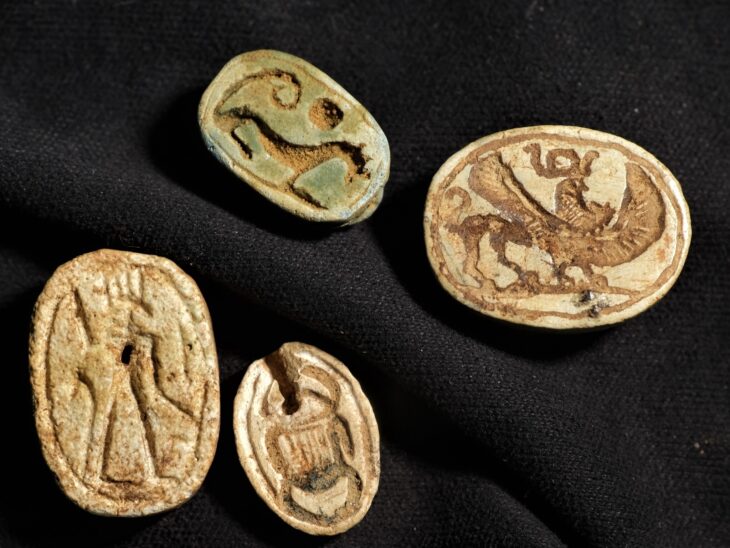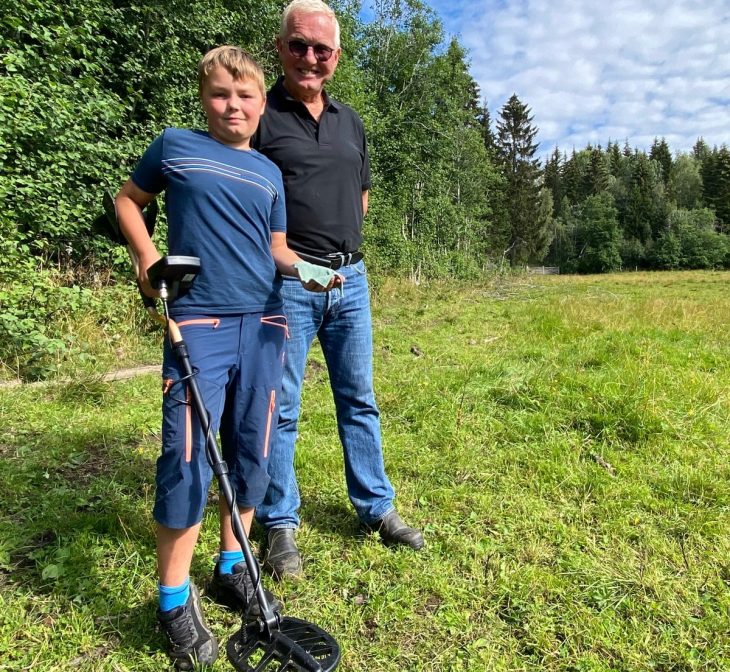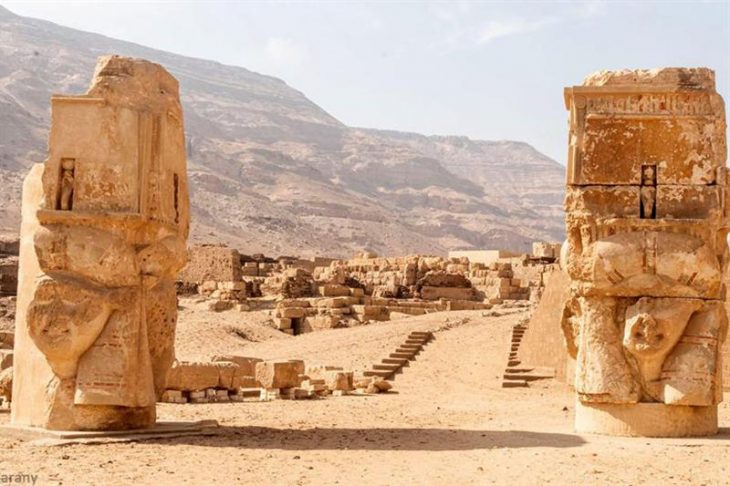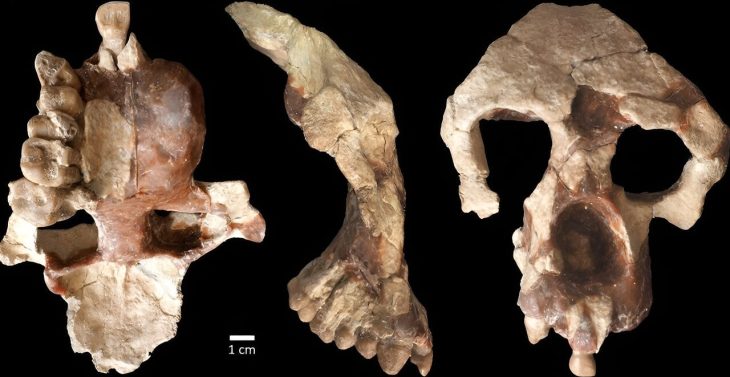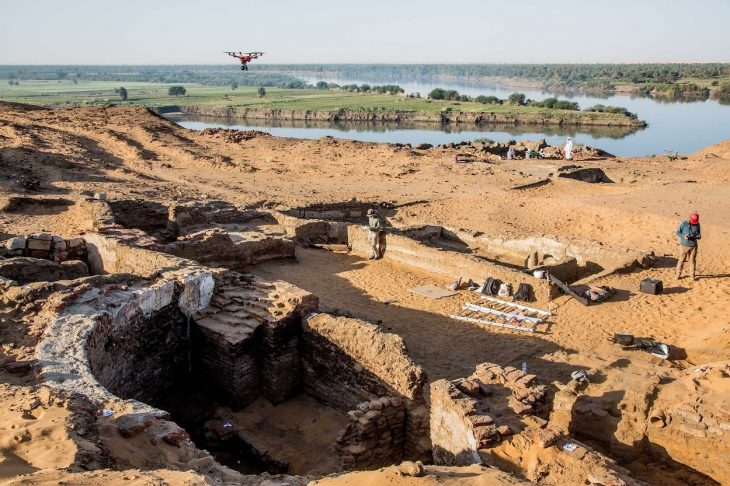Archaeologists have found a sacred chiton (tunic) in a 2400-year-old royal tomb in the Macedonian city of Vergina in northern Greece, and it could belong to Alexander the Great!
Archaeologists have known for decades that Alexander the Great’s family has a close connection to the three royal tombs located in Vergina. However, it has been more than fifty years since they were able to agree on who they belonged to.
The inhabitants of the 4th century BC Royal Tombs were the subject of another study earlier this year. According to the results of the research, the tombs contained the remains of Alexander’s father, stepmother, half-sisters, and son.
Under the direction of Antonis Bartsiokas of Democritus University of Thrace, a team of archaeologists identified a purple-dyed cotton cloth that corresponds to historical accounts of the sarapis, a ceremonial garment worn by the great Persian kings that Alexander took after defeating Darius III of Persia.
The sacred “chiton” was found in the golden ossuary of Tomb II alongside the remains of a man and a gold wreath.
Through in-depth analysis of the tunic, the tombs, and historical records, researchers have finally been able to link this royal garment to Alexander the Great. Additionally, huntite, a bright white mineral used in ancient Persia, was found between the layers of the textile, reinforcing the idea that this garment has an eastern origin.
The remains of a royal cloak discovered in Tomb II may have belonged to Alexander the Great, according to a study published in The Journal of Field Archaeology. An international team of archaeologists and osteologists set out to identify the tomb’s occupants after it was found inside a golden ossuary that contained male remains that were initially thought to be those of Philip II.
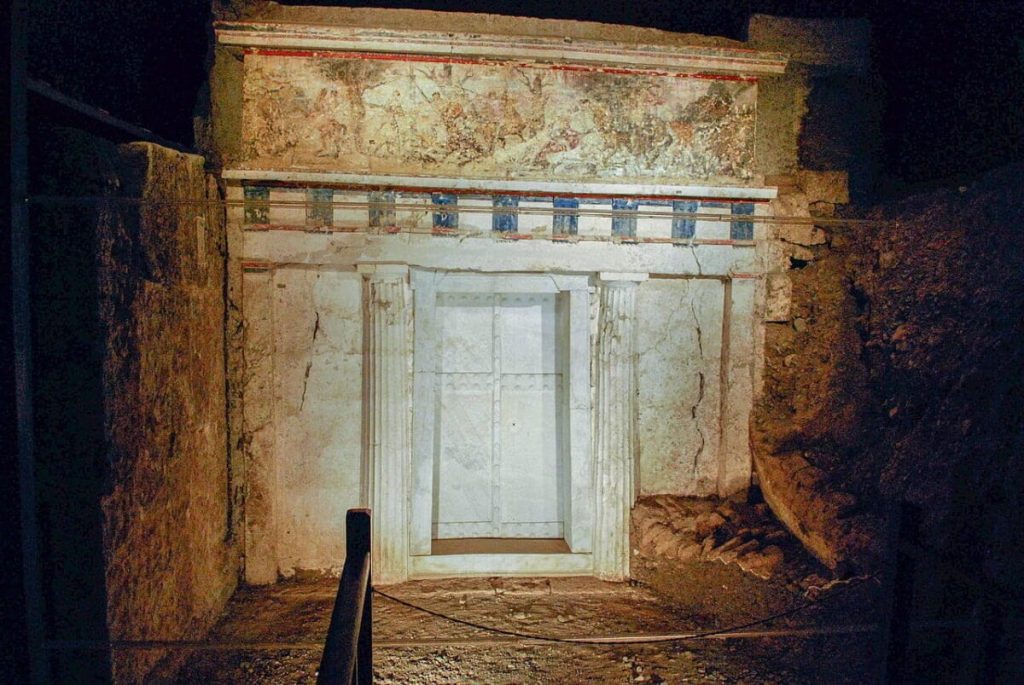
This finding has significant ramifications because it may indicate that many of the items discovered in Tomb II belonged to Alexander the Great rather than Philip II, as was previously thought. Research suggests that Tomb II, located in the Great Tumulus of Vergina, does not house the remains of Philip II, Alexander’s father, but rather those of his half-brother, Philip III Arrhidaeus, who inherited several symbols of power from Alexander after his death.
A golden diadem, a scepter, and a golden oak wreath are among the items discovered in the tomb; these items are all referenced in historical accounts as being a part of Alexander’s royal attire. But because the sarapis had such symbolic meaning in the Persian court, their discovery is especially significant.
The sarapis was a purple tunic with a white stripe down the center, reserved exclusively for Persian kings, and Alexander’s adoption of it marked his dominance over the vast Persian Empire.
A figure, most likely Alexander, is shown hunting in a purple sarapis with two white stripes on a frieze in Tomb II. The conclusion that the tunic belonged to Alexander the Great is further supported by the fact that it matches historical accounts, as do other relics, such as a golden oak wreath discovered in Tomb II.
A garment of such immense value would likely have been inherited by a close family member. After Alexander’s death, the Macedonian army crowned his half-brother, Philip III Arrhidaeus, as king. According to The Greek Reporter, he most likely brought Alexander’s belongings back to Greece, including the royal scepter and tunic.
This new study provides answers to lingering questions surrounding the Royal Tombs of Vergina. It confirms that Alexander the Great was not buried there. Instead, Tomb I holds the remains of Philip II, his wife Cleopatra, and their newborn child.
Based on royal symbols and osteological data, Tomb II contains the remains of King Philip III Arrhidaeus and his wife Adea Eurydice, while Alexander IV is buried in Tomb III.
Cover Image Credit: Alexander Sarcophagus, illustration showing Alexander in the battle of Issus (333 BC) Wikipedia Commons




